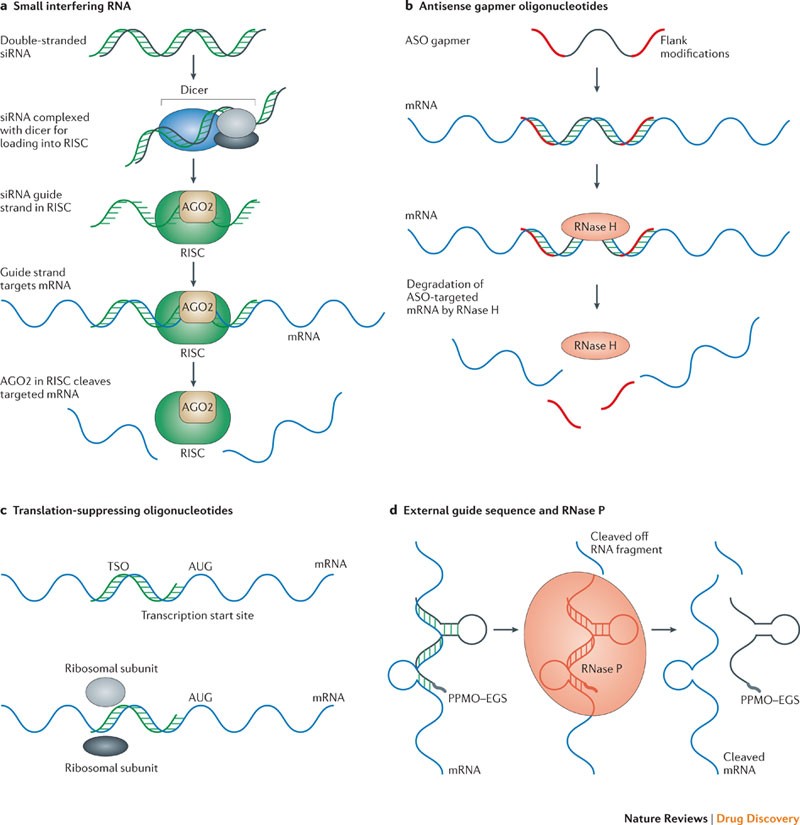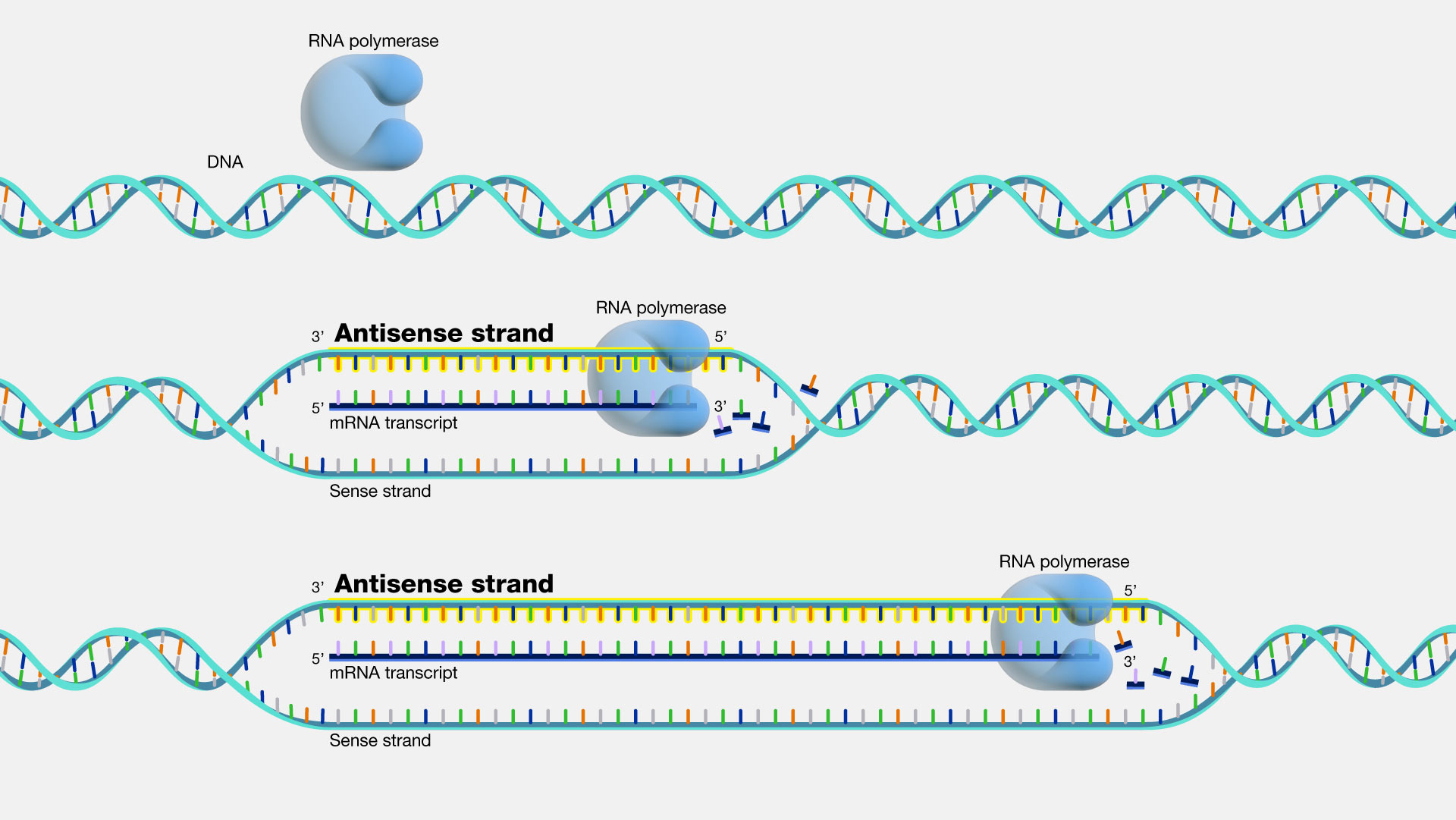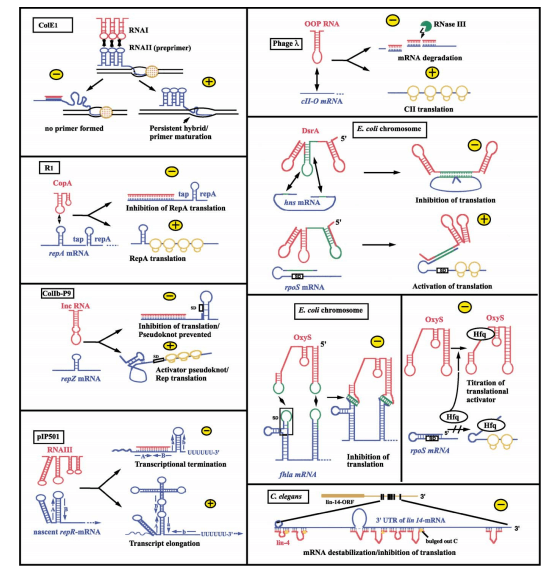Antisense RNA technology is a revolutionary approach to gene regulation that involves the use of small RNA molecules to inhibit the expression of specific genes. This technology has the potential to revolutionize the way we treat diseases and conditions caused by abnormal gene expression, and has already been used in a number of clinical trials for the treatment of various diseases.
The basic principle behind antisense RNA technology is simple. When a gene is transcribed into RNA, the RNA molecule is then translated into a protein. Antisense RNA technology involves the use of small RNA molecules that are complementary to the RNA transcribed from a specific gene. When these small RNA molecules bind to their complementary RNA target, they inhibit the translation of the gene into protein.
There are several different types of small RNA molecules that can be used in antisense RNA technology, including microRNAs, short interfering RNAs, and small activating RNAs. Each of these types of small RNA molecules has its own specific mechanisms of action and can be used to regulate gene expression in different ways.
One of the main advantages of antisense RNA technology is that it can be highly specific, targeting only the RNA transcribed from a specific gene. This means that it can be used to inhibit the expression of a single gene without affecting the expression of other genes. This specificity makes it an attractive option for the treatment of diseases that are caused by abnormal gene expression, such as cancer or genetic disorders.
Antisense RNA technology has already been used in a number of clinical trials for the treatment of various diseases. For example, it has been used to treat cancer by inhibiting the expression of specific genes that are involved in the growth and proliferation of cancer cells. It has also been used to treat genetic disorders, such as sickle cell anemia, by inhibiting the expression of the abnormal gene responsible for the disorder.
Despite the promising results of these clinical trials, there are still many challenges to overcome in the development of antisense RNA technology. For example, one of the main challenges is delivering the small RNA molecules to the appropriate target cells in the body. Another challenge is ensuring that the small RNA molecules remain stable in the body and do not degrade before they can be effective.
Overall, antisense RNA technology represents a promising approach to gene regulation and has the potential to revolutionize the way we treat diseases caused by abnormal gene expression. While there are still many challenges to overcome, the potential benefits of this technology make it an exciting area of research with a bright future ahead.







